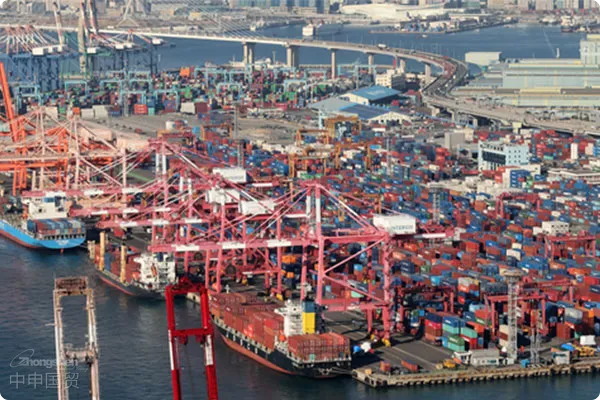- Shanghai Zhongshen International Trade Co., Ltd. - Two decades of trade agency expertise.
- Service Hotline: 139 1787 2118

Contents
ToggleMaritime TransportationThe decision-making logic and cost structure of agents
In 2025, the global shipping market will exhibit a coexistence of overcapacity and tightness on certain routes. Taking 40-foot containers as an example, the benchmark freight rates on Europe-America routes have dropped by 18% compared to 2023, while transportation costs for special equipment have surged by 23% due to a sharp increase in demand. Companies need to focus on the following:
- Transportation Mode Comparison Matrix
- Full Container Load (FCL) is suitable for equipment with a single batch value exceeding $500,000.
- The optimal economic threshold for Less than Container Load (LCL) shipping is 8-12 cubic meters.
- Hidden Cost Early Warning Indicators
- Port Congestion Surcharge (PCS) has become a regular occurrence on Southeast Asia routes.
- The cost of lashing and securing oversized equipment can reach 3-5% of the cargo value.
Practical Key Points for Special Equipment Transportation
A precision machine tool importer once incurred a $280,000 loss due to the scrapping of equipment caused by neglecting anti-vibration measures. Key control points include:
- Three-level verification system for packaging specifications
- Wooden packaging must comply with the ISPM15 fumigation standard.
- The thickness of the moisture barrier should be positively correlated with the shipping duration.
- Pre-review of Loading and Unloading Technical Plan
- Equipment exceeding 3.5 meters in length must have port lifting capacity confirmed in advance.
- It is recommended to purchase specialized loading and unloading accident insurance.
New Changes in Customs Clearance Practices for 2025
The newly revised "Administrative Measures for the Import of Electromechanical Products" stipulates that the HS code declaration error rate must not exceed 2%, with key regulatory areas including:
- Optimization path of tariffs
- The utilization rate of free trade agreements has increased to 67%.
- Change in Calculation Method for Temporary Import Goods Guarantee Deposit
- Four-level verification of document management
- It is recommended to verify through the following methods:The information must exactly match the bill of lading.
- The technical parameter table requires notarization with both Chinese and English versions.
The golden 72 hours for risk prevention and control
It is recommended to establish a three-level emergency response mechanism within 72 hours from cargo loading to customs clearance completion:
- Real - time tracking system
- Request the agent to update AIS positioning data hourly.
- Set a 48-hour pre-arrival alert notification.
- Emergency response plan database
- Prepare a list of 3 alternative port service providers.
- The pre-deposited emergency working capital shall not be less than 15% of the cargo value.
When selecting a shipping agency service provider, key considerations should include itsCase library for special equipment operation,Port Emergency Coordination NetworkandRecord of Tariff Dispute ResolutionThree core competency dimensions. It is recommended that enterprises request agents to provide case studies of transporting similar equipment categories over the past 12 months, with a focus on analyzing the response time for handling exceptions and the level of cost control.
Related Recommendations
? 2025. All Rights Reserved. Shanghai ICP No. 2023007705-2  PSB Record: Shanghai No.31011502009912
PSB Record: Shanghai No.31011502009912










